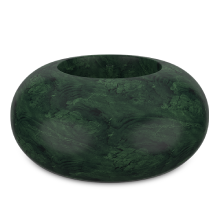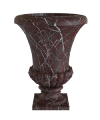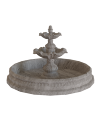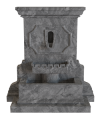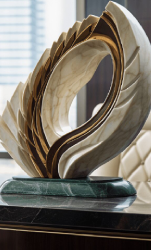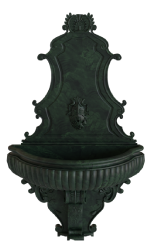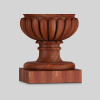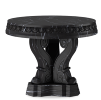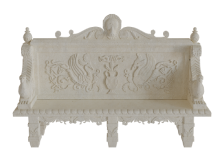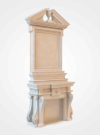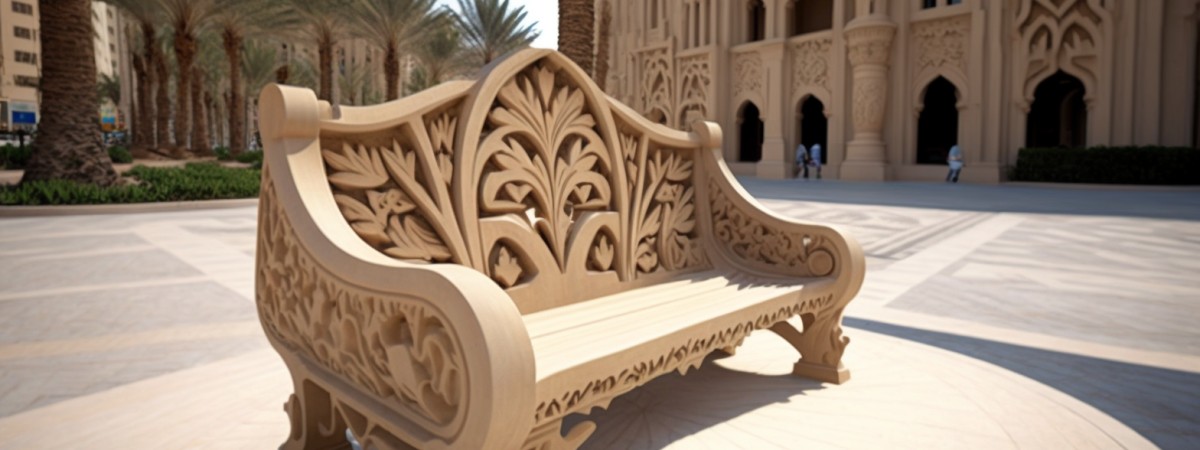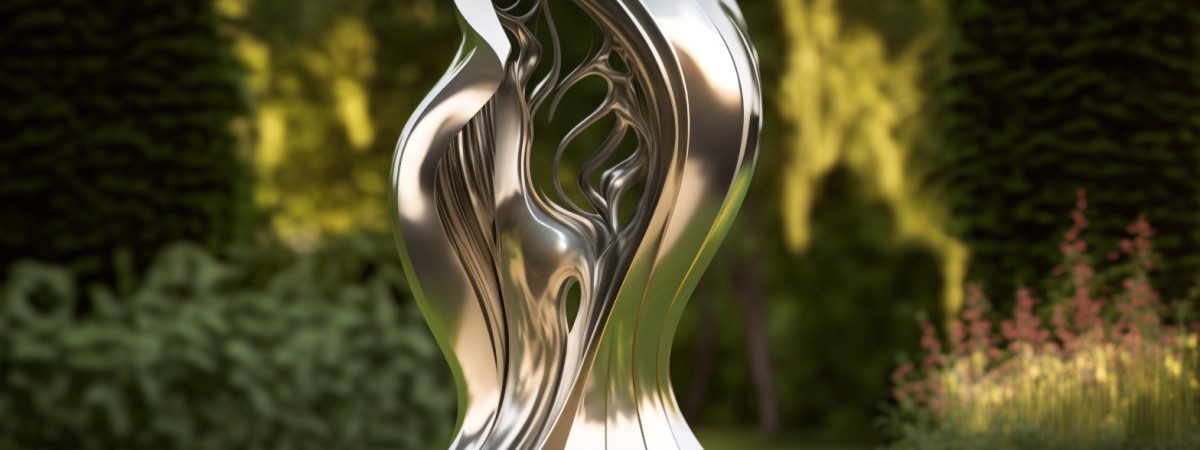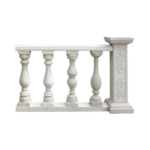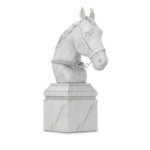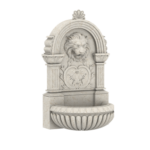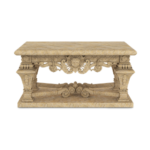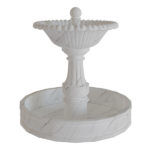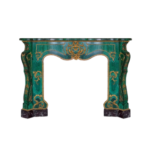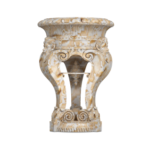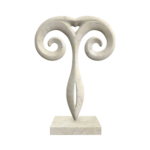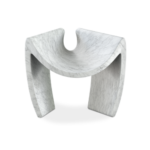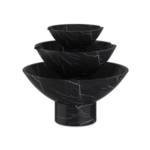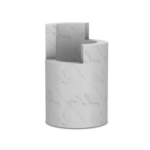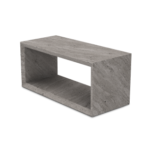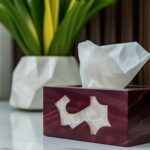January 15, 2021 Author: Admin
How To Prevent Stains And Etching On Marble Countertops?
Marble countertops are simply stunning, and everyone who spends money on marble countertops needs to make them look beautiful. Just Forever.
Unthinkable? No!-No!
You basically ought to be aware of 1) what sorts of stains can happen, 2) how to stop them, and if you have them, 3) how to repair them.
Stains of Marble
“Two kinds of marble “stains” are visible. One is the actual stain that happens when a dark or colored spot absorbs a material into the marble’s pores.
The other form of “stain” is called etching, which is not an actual stain but instead damages the stone’s surface that happens as acid comes into contact with the marble and chips away at the stone practically. This produces dull spots, called etching, that can look like scratches or circles.
True Stains

A real stain can appear like a dark spot on your marble countertops (if stained by oil) or will take on the hue of the intensely pigmented in color like food coloring or cumin). Simple interaction with these substances will not result in a stain because you will not see long-term marks if you wipe up spills after they occur, even a little while. The next day, I washed my marble countertops with pizza grease, and it was perfect.
And for the coloring dye for Easter eggs. I didn’t wipe it up immediately, and it left a stain (which I was eventually able to remove).
The bottom line quickly cleans up spills, and you’re not going to have an issue.
Etching
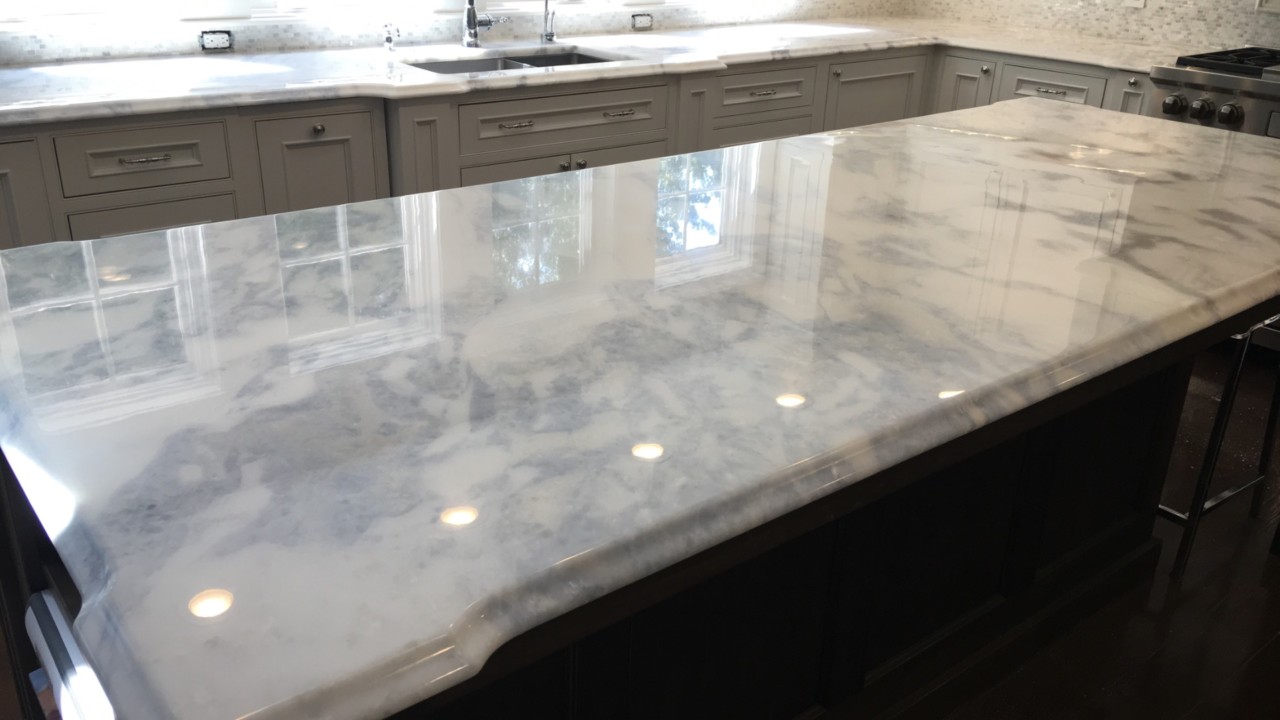
Marble has had a negative reputation for being “stained easily,” but it’s not always so. Natural stains arise infrequently and may typically be cleaned. That is the etching that individuals associate with colors that appear often and are almost challenging to prevent overtime.
The etching is a corrosive action that happens when an acidic material comes into contact with calcite-based stones (such as granite, calcite, or travertine), ranging from coffee, juice, or soda tomato sauce, salad dressing, or vinegar. This touch causes a reaction where the marble’s surface coating is eaten away, revealing the underlying raw marble.
So this is a product of etching and not real marks when you see water streaks, glass rings, or bruises.
Stains Removal and Etching

The best way to protect your marble countertops from staining and etching is not to prepare, eat, or even visit your kitchen.
Impossible, huh? It’s clear.
In truth, marble stains are easy to avoid and quick to clean (usually, anyway). On the other hand, it is almost challenging to resist etching, no matter how much of a neat freak you are. The honed finish (the matte, unpolished finish) is chosen by many people who prefer marble countertops for their kitchen because it covers and masks etching much better than its polished equivalent. Even if many people enjoy the etching that takes place over time as part of the marble’s natural patina, they have a story to share about the life that your kitchen has experienced.
Stains elimination
Every stain I ever had on my marble countertops was quickly removed with this procedure: lay a paper towel over the stain. To saturate, add hydrogen peroxide to the paper towel. Leave overnight, and it should be gone with the dye. Repeat the measures if the stain has not been eliminated, then quit for another twelve hours.




